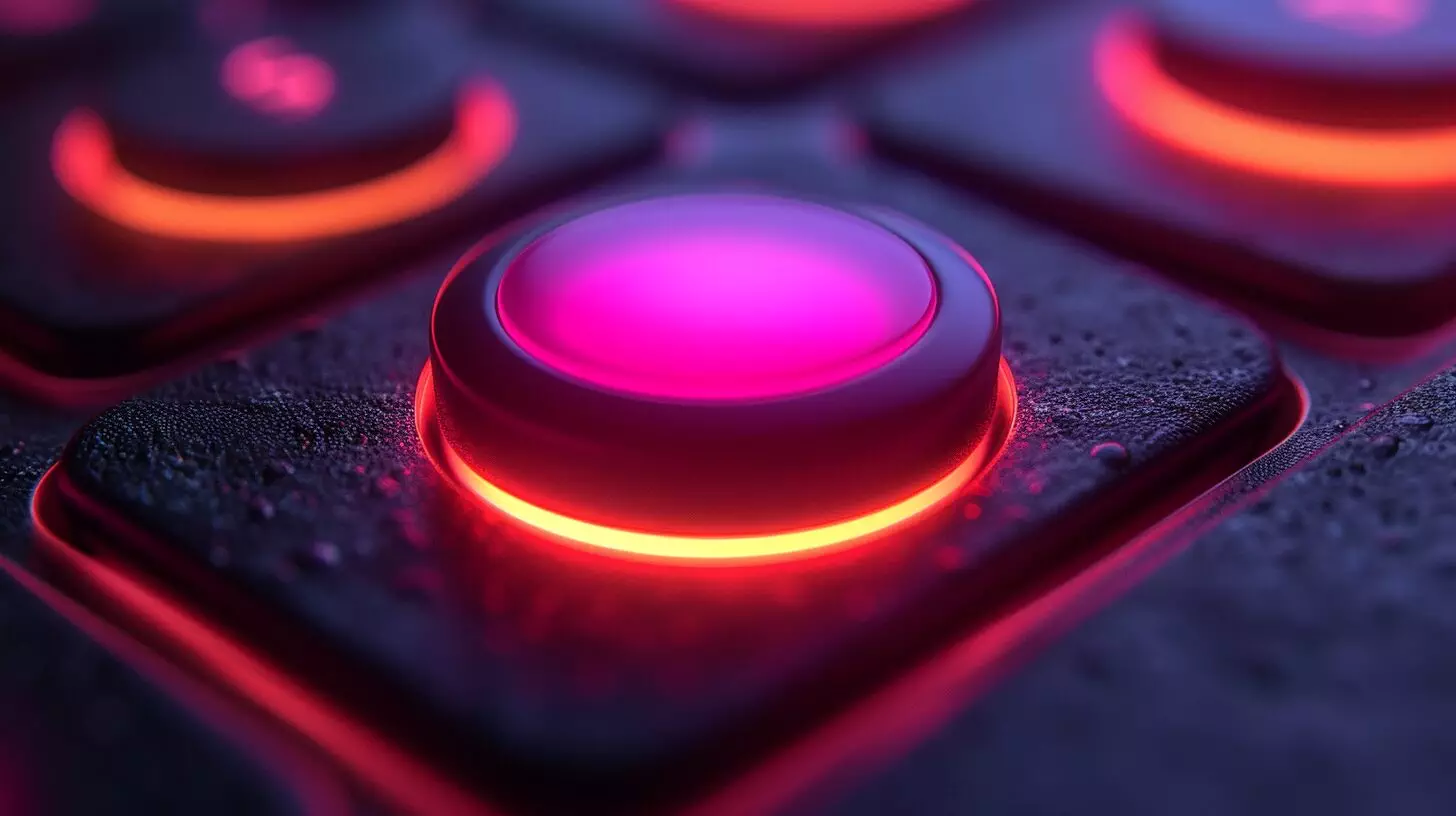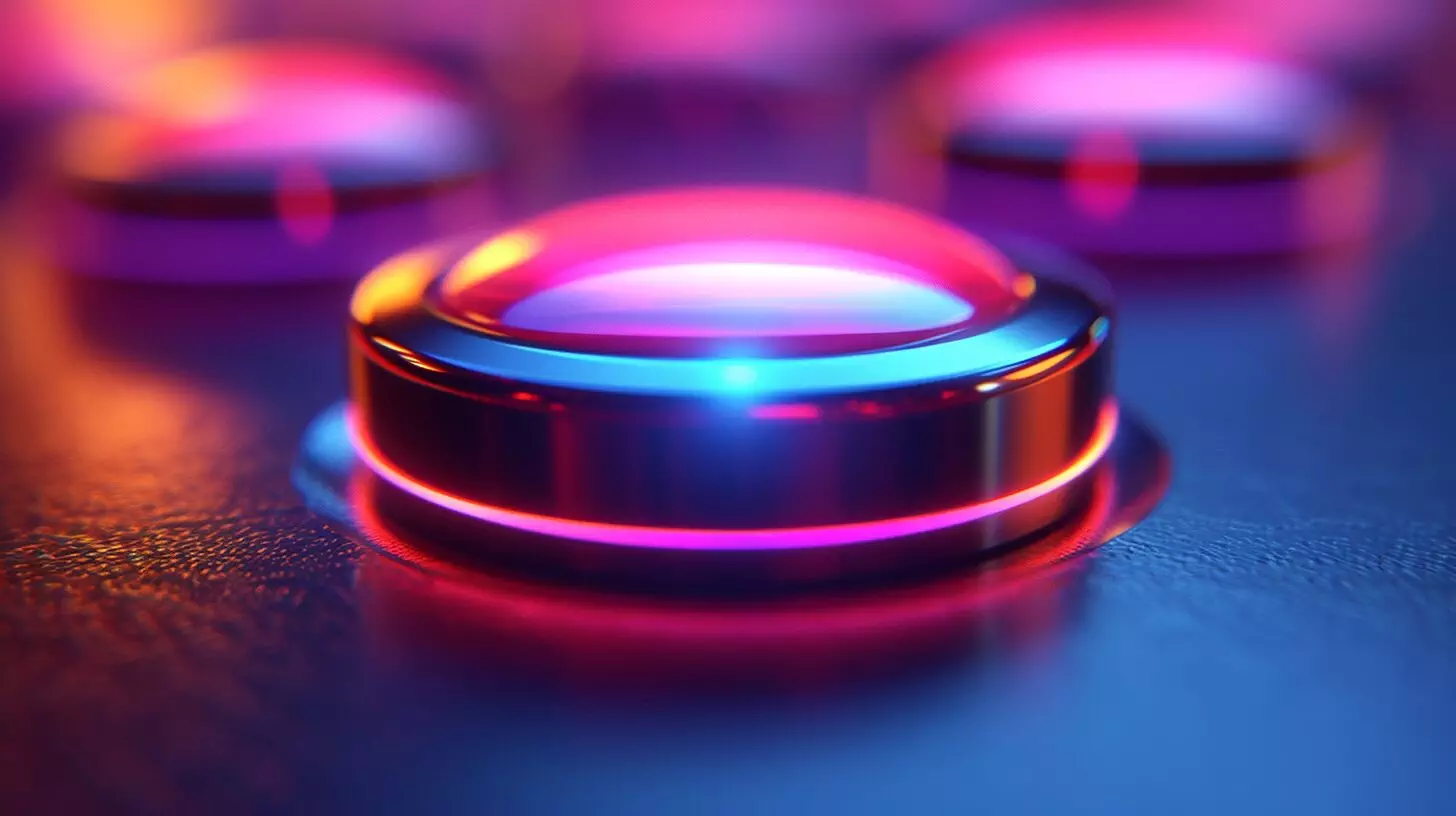We are just about to reveal methods for creating stunning 3D CSS buttons, using animation, transitions, and transformation to instill depth and seamless mobility. This is set to significantly boost your capabilities in web development, assisting you to understand the fundamental effects that draw attention and the charm of CSS buttons.
Understanding these concepts opens unlimited creative potential for modern web experiences with new perspectives.
Key Takeaways
- 3D buttons in CSS add depth and interactivity to websites, making them visually appealing and engaging for users.
- CSS provides flexibility in modifying the size, shape, color, and animation of buttons, allowing web designers to customize their appearance.
- CSS offers a wide range of options for creating 3D effects, such as shadows, gradients, and transitions.
- Ensuring the consistency of the 3D effect across different browsers and devices, as well as regularly updating and refining the design based on user feedback and analytics, is critical.
Introduction to 3D Buttons in CSS

CSS uniquely empowers designing visually striking, browser-compatible 3D buttons that captivate visitors through lifelike depth and motion. Unlike static images reliant on external resources, lean CSS code fully styles fast-loading interface elements with graphic freedom.
By controlling sizing, shape, color, and animations, infinite variations align to target aesthetics from gradients to shadows. CSS facilitates dynamically interacting with dimensional buttons through transitions, mouseovers, and clicks tailored to the experience vision.
Supported across platforms for responsive deployment without performance penalties, CSS places power in the creator’s hands to augment websites through flexible, lightweight 3D components that impress and engage every visitor.
Creating Basic 3D Buttons Using CSS

To create basic 3D buttons using CSS, we can apply the box-shadow and border-radius properties for a visually appealing effect. Here are five steps to get you started:
- Define a button element in your HTML markup.
- Apply the necessary CSS styles to give your button a 3D effect. Use the box-shadow property to add a shadow around the button, and the border-radius property to give it rounded corners.
- Customize the button’s appearance by setting the background color or adding a gradient using CSS. This will make your button stand out and grab attention.
- Add interactive states to your button by applying hover and active styles. When a user hovers over the button, it can change color or increase in size to provide visual feedback. When the button is clicked, it can have a different appearance to indicate that it has been activated.
- Test your button in different browsers and devices to ensure that it looks and behaves as expected. Use HTML and CSS validation tools to check for any errors or issues that may affect the button’s functionality.
Advanced Techniques for Enhancing 3D Buttons

Beyond basic transforms and transitions, various advanced techniques make 3D CSS buttons interactive. Pseudo-classes like :hover and :focus stylize separate button states to reflect clicking and mousing over.
Moreover, JavaScript intensifies custom animations, transitions, and input-responsive behaviors exceeding built-in CSS capacities. With a stacked toolkit bridging illusion to user experience, ordinary buttons transform into living interfaces.
Where creativity meets capability through code, the possibilities unfold as endless as our imagination. Each technique adds impact that push past limits into new realms of expression.
Creating Responsive and Accessible 3D Buttons

Creating responsive and accessible 3D buttons requires implementing proper HTML structure, keyboard navigation, and testing for different browsers and devices. Here are some key considerations to keep in mind when crafting these buttons:
- HTML Structure: To ensure accessibility, it’s important to use semantic HTML tags like
<button>or<a>for your buttons. This allows assistive technologies to properly identify and interact with the buttons. - Keyboard Navigation: Make sure your buttons can be easily navigated using the keyboard. This includes adding focus styles and using the
:focuspseudo-class to highlight the active button. - Testing for Different Browsers and Devices: It’s crucial to test your 3D buttons across various browsers and devices to ensure that they render correctly and perform well.
- Responsive Design: Your buttons should adapt to different screen sizes and orientations. This can be achieved by using media queries to adjust the button’s size, font, and spacing based on the viewport dimensions.
- Pure CSS: To create 3D button effects, it’s recommended to use pure CSS without relying on JavaScript. This ensures that the buttons remain lightweight and performant, providing a seamless user experience.
Is Learning Photoshop Wrap Text Around Image Tutorial Useful for Enhancing Web Design with 3D Buttons in CSS?
Learning Photoshop wrap text tutorial can be valuable for enhancing web design with 3D buttons in CSS. Understanding how to seamlessly integrate text and images can greatly improve the visual appeal and user experience of a website. Mastering these techniques can elevate the quality of web design.
Inspiring Examples and Resources for 3D Buttons in CSS

With essential HTML structures for accessibility established, inspiration and resources unlock the creation of captivating CSS 3D buttons. Websites showcasing real-world CSS buttons demonstrate techniques for unique animated effects.
CSS libraries also offer reusable code snippets and tutorials for step-by-step implementation guidance. Specialized tools facilitate experimenting with customizable templates, pre-built styles and interactive previews too.
These diverse examples, codes, and toolkits provide springboards for innovation tailored to the project vision. While stunning 3D visuals attract the eye, upholding effortless user experiences remains paramount.
Conclusion
By following this tutorial, you have gained the knowledge and skills to create visually impressive 3D buttons using CSS. You have learned various techniques such as animations, transitions, keyframes, and transform combinations to add depth and dynamism to your web design.
Additionally, you have touched on important topics like parallax scrolling, responsive web design, and HTML5 animations.
Frequently Asked Questions
What is a CSS 3D button?
A CSS 3D button is a visually appealing button element created using CSS to give it a three-dimensional look and feel.
How can I create a 3D button effect using CSS?
You can create a 3D button effect using CSS by applying various properties such as box-shadow, transform, and perspective to achieve the desired 3D effect.
Can I create 3D buttons with pure CSS?
Yes, you can create 3D buttons using only CSS by utilizing properties like box-shadow and transform to achieve the 3D appearance without relying on images or external libraries.
What is the best way to add 3D effects to buttons with CSS?
The best way to add 3D effects to buttons with CSS is by using box-shadow, transform, and perspective properties to manipulate the depth and shadow of the button, creating a realistic 3D look.
Are there any examples of 3D buttons created with CSS?
Yes, you can find numerous 3D button examples on platforms like CodePen, where developers showcase their creativity by implementing various 3D button designs using CSS.

